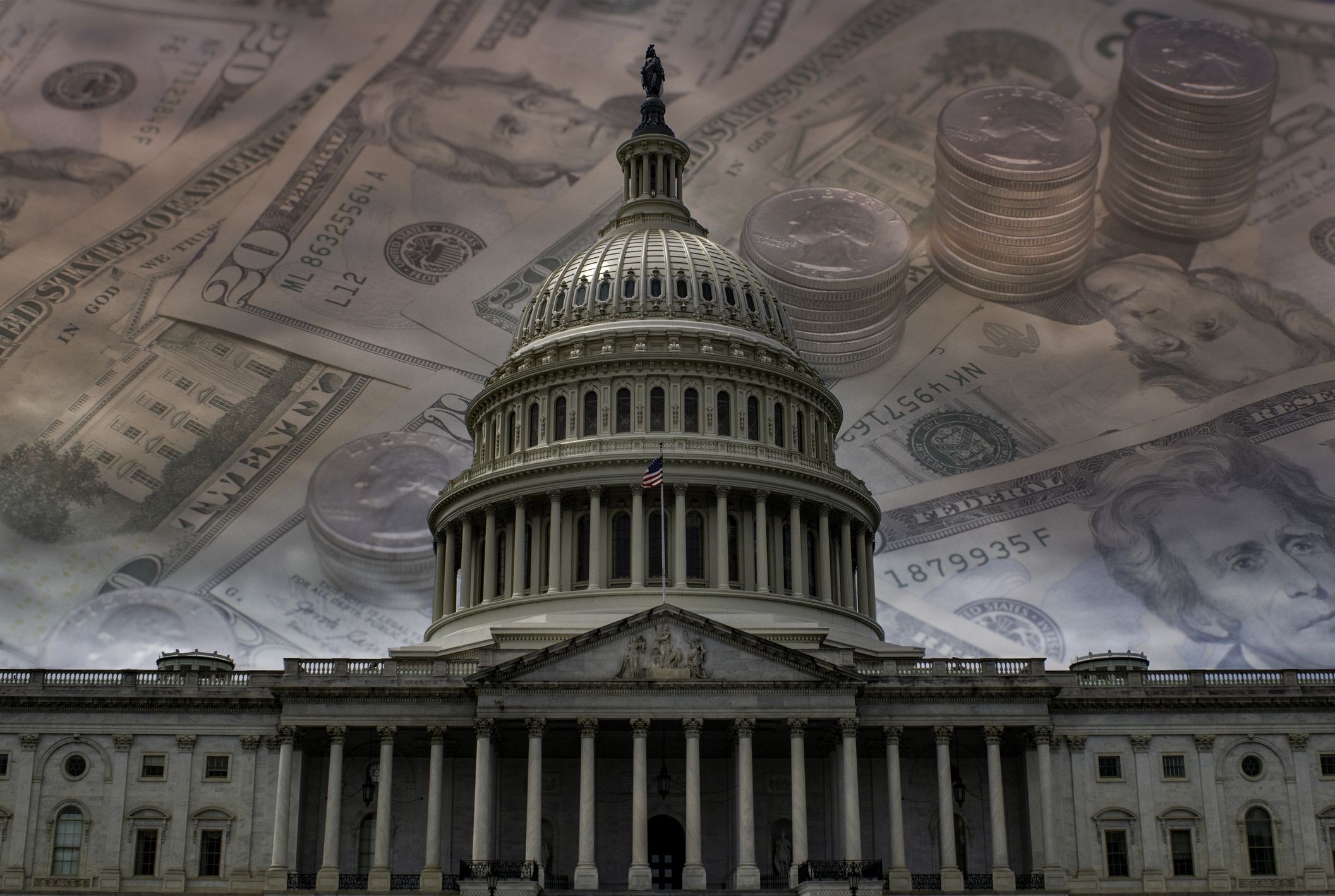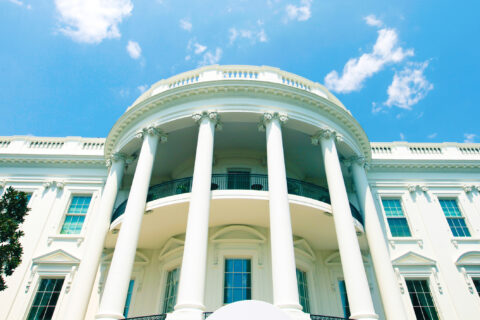As Congress debates “H.R. 1, The One Big Beautiful Bill,” city leaders need to understand what’s at stake for local governments. From preserving key tax exemptions to new threats to Medicaid and transportation funding, this sweeping legislation touches nearly every corner of municipal finance and services. Here’s what you need to know:
- The main objective of the bill is to extend expiring tax cuts and other provisions enacted under the Tax Cuts and Jobs Act of 2017, including lower individual tax rates, a larger standard deduction, increased estate tax exemption and extension of the Child Tax Credit. These extensions are only a small part of the overall bill, however. New proposed tax cuts included in the bill have driven up the overall cost to the federal government beyond those necessary for extending the Tax Cuts and Jobs Act, necessitating new spending cuts and limitations on federal benefits.
- Congress still has a long way to go before it can send The One Big Beautiful Bill to the President for enactment. The House passed the bill by one vote, largely along party lines, on May 22. The bill is now under consideration in the Senate, where substantial rewrites are possible to address concerns within the Senate majority that the bill would add too much to the federal debt, with a range of estimates as high as $5.1 trillion. Any changes made by the Senate will require the House to hold another difficult vote. The bill will reach the President’s desk only after the House and Senate pass identical bills.
- NLC’s top policy priority for the tax bill, the tax-exemption for municipal and private activity bonds, is preserved in the House bill. This is a critical win for local governments, however, Senate concerns about the overall cost of the bill mean the risk of losing the tax-exemption, or subjecting tax-exempt bonds to new limitations, remains. This was the case for the 2017 Tax Cuts and Jobs Act which preserved the tax-exemption but eliminated advance refunding. A stand-alone bipartisan bill to restore advance refunding, the “Lifting Our Communities through Advance Liquidity for Infrastructure (LOCAL Infrastructure) Act of 2025,” has since been introduced.
- Other provisions in the bill supported by the NLC would address issues important to local governments, including an expansion of Low-Income Housing Tax Credits that could finance the construction or rehabilitation of between 500,000 and 1 million affordable rental units over ten years, a new round of Opportunity Zones with more incentives for private investment is rural areas, an increase in the State and Local Tax Deduction (SALT) from $10,000 to $40,000, and an increase in the federal debt limit.
- On the other side, the bill would repeal unobligated funds for Neighborhood Access and Equity Grants for transportation and economic development projects and clean energy improvements enacted under the Inflation Reduction Act that local governments are eligible to receive. Moreover, changes to Elective Pay (also called Direct Pay) Tax Credits for clean energy projects would reduce their utility to local governments.
- New limitations on Medicaid eligibility could force states to make tough budget choices impacting funding for local governments. Changes to Medicaid including new work requirements, and shifting more costs to states, especially for those that have adopted federal-state cost-sharing for Medicaid expansion (40 states have adopted Medicaid Expansion), would lead to an estimated reduction of $700 billion in federal Medicaid spending over the next ten years. These changes could force states to choose between increasing state spending to continue coverage for up to 13 million people at risk of losing health insurance because of federal spending reductions, or make cuts in other areas including programs that provide state funding for local governments.
- Changes to the Supplemental Nutrition Assistance Program, or SNAP, would also impact state budgets. Changes to SNAP would impose new work requirements and shift costs to states for the first time, leading to similar concerns about pressures to decrease state funding in other areas including funds for local governments. Currently SNAP benefits are fully covered by the federal government.
- The bill includes a provision preempting local governments from regulating artificial intelligence systems for ten years. However, it includes carve-outs for laws intended to facilitate the deployment of artificial intelligence technologies or to facilitate their use for government functions such as permitting and procurement.
- The bill omits the requirement to allocate 20% of new Highway Trust Fund revenues to mass transit projects. The bill imposes a new electric vehicle fee that would go into the federal Highway Trust Fund. Traditionally, 20% of Highway Trusts Funds are allocated to mass transit projects including those carried out by local governments. However, unlike prior revenue increases for the Highway Trust Fund, the bill does not mandate 20% of revenues raised by the new fee be dedicated to mass transit projects.
- Despite the fact that there is not unanimity on the total estimated cost of the One Big Beautiful Bill, warning signs about the federal debt are growing. According to the non-partisan Committee for a Responsible Federal Budget, the House bill could add $3 trillion to the national debt. On May 16, Moody’s downgraded the U.S. sovereign credit rating, sending a warning to Washington that over-reliance on deficit spending could jeopardize the global advantages of the U.S. economy.
Stay Informed
Sign up for NLC’s bi-weekly Federal Advocacy Update Newsletter to learn more about how we’re advocating for cities, towns and villages, plus ways to get involved.


